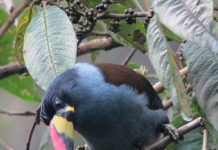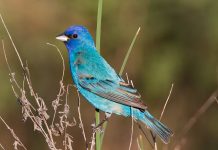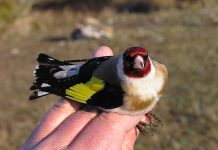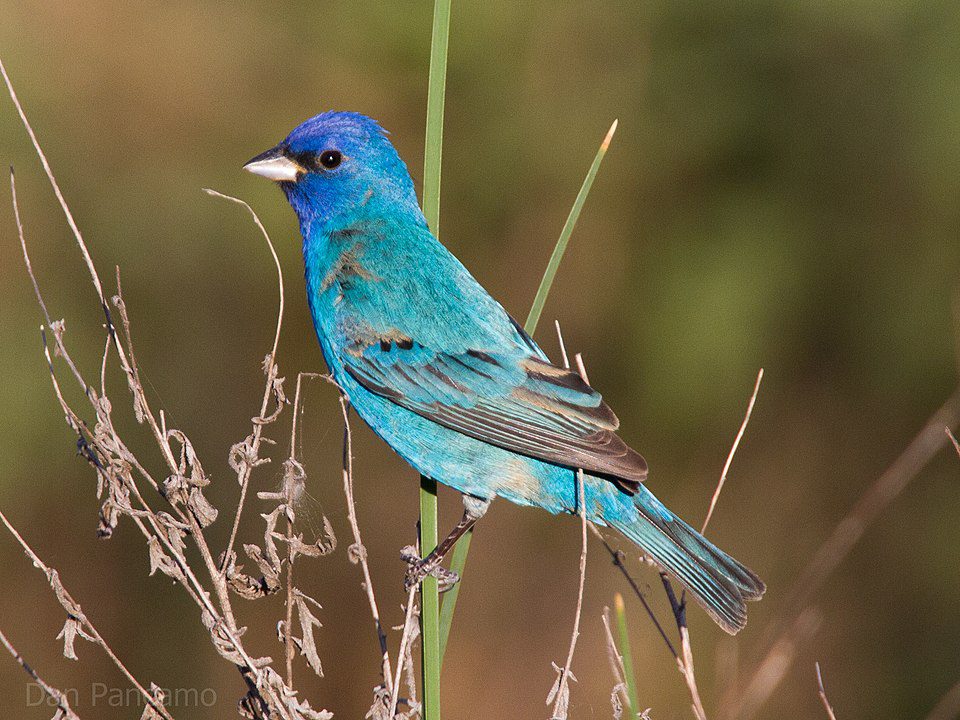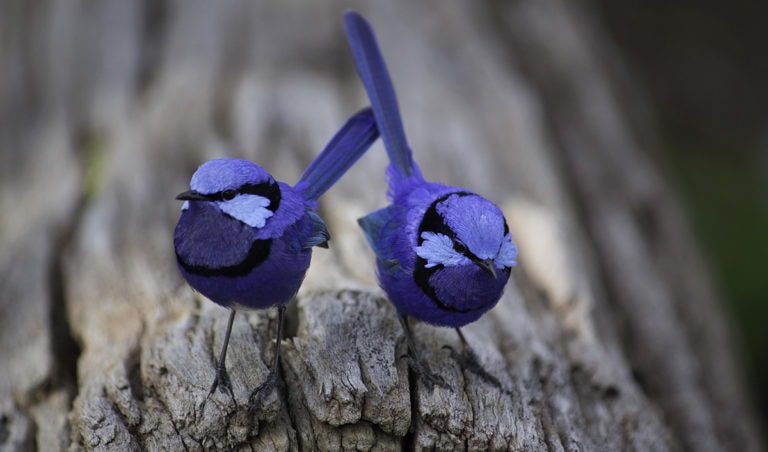
Fairy Wren Description
Fairy-wrens are a group of small, brightly colored birds native to Australia. These birds are known for their beautiful plumage, which often includes shades of blue, purple, and red. They are also known for their energetic and playful behavior, which makes them a joy to watch in the wild.
Fairy Wren Characteristics
Fairywrens are small birds, with most species measuring 9-13 cm in length. They have thin, pointed beaks that are well adapted for foraging for insects and other small invertebrates. Their wings are short and rounded, which helps them maneuver quickly through their habitat’s dense underbrush.
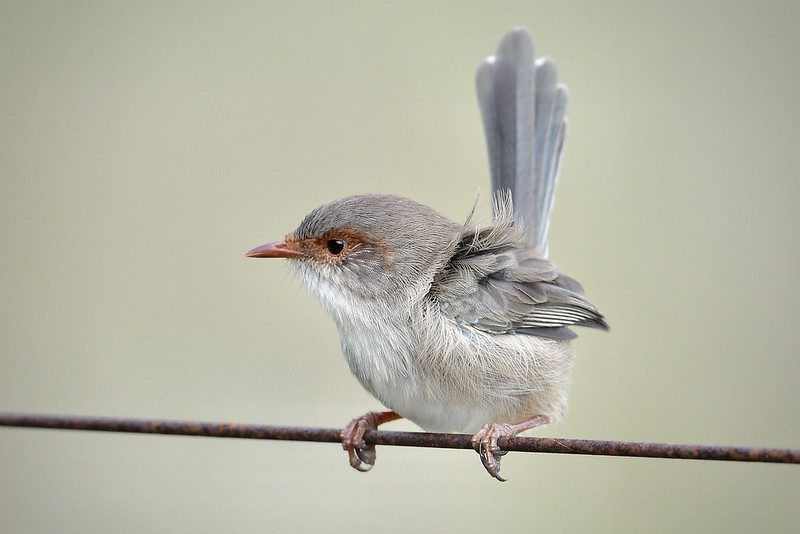
Fairy Wren Colors
Fairywrens are known for their brightly colored plumage, ranging from shades of blue to purple and red. Some species, such as the superb fairy-wren, have a predominantly blue plumage, while others, like the purple-crowned fairy-wren, have a more purple-hued coloration. No matter the species, all fairy-wrens are striking and beautiful birds that are sure to catch the eye of any birdwatcher.
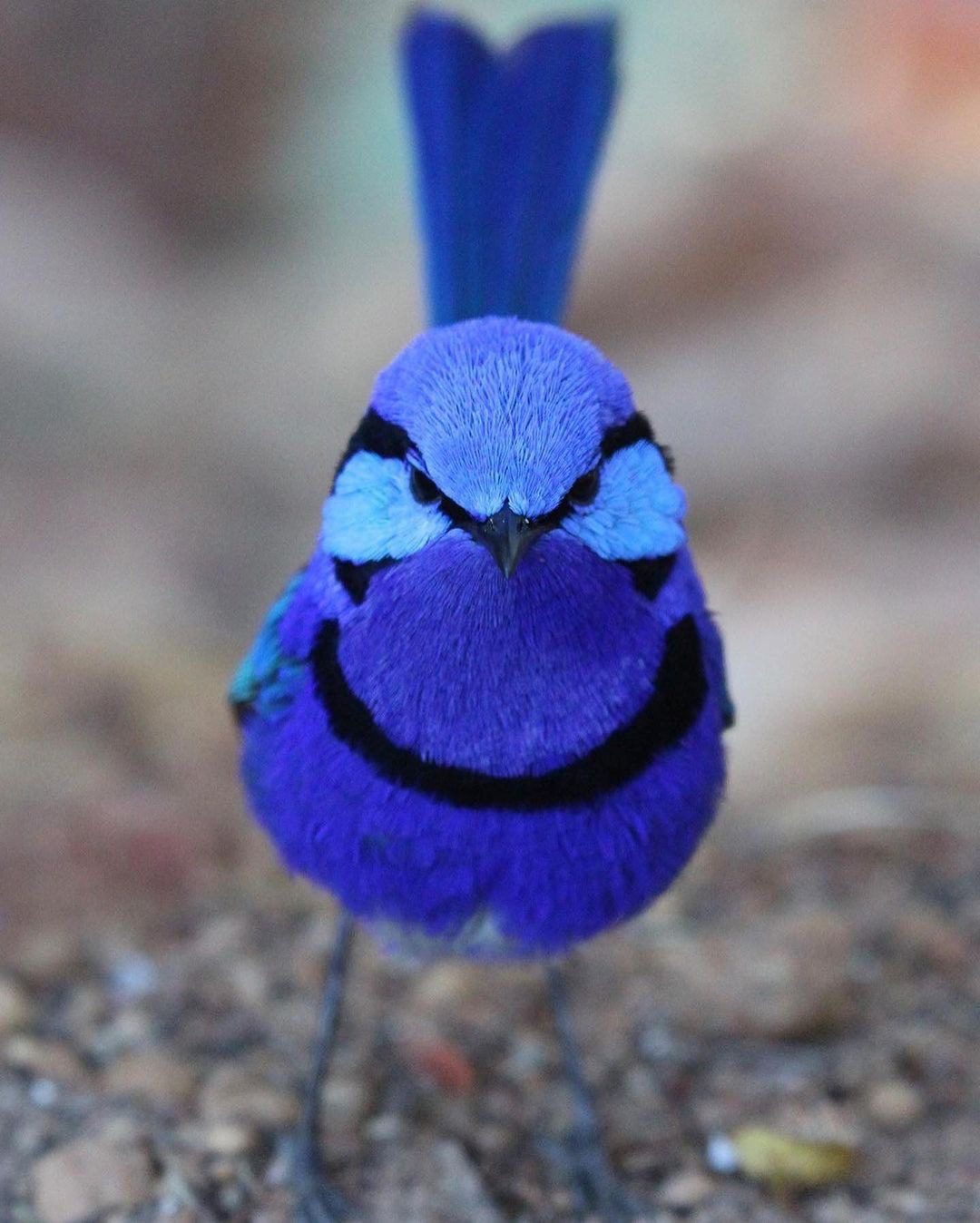
10 Fairy Wren Facts
- Fairy-wrens are small birds that are native to Australia.
- These birds are known for their brightly colored plumage, ranging from shades of blue, purple, and red.
- There are several species of fairy wrens, each with unique characteristics and distribution.
- Fairy-wrens are insectivorous birds, which means that they primarily feed on insects and other small invertebrates.
- These birds are known for their elaborate courtship behaviors, often involving the male bird performing elaborate displays to attract a mate.
- Fairy-wrens are known for their energetic and playful behavior, which is often reflected in their vocalizations.
- These birds are found in various habitat types, including forests, woodlands, and gardens.
- Fairy-wrens are found throughout Australia, with different species found in different parts of the country.
- Fairy-wrens are altricial, meaning they are born blind and naked and require extensive care from their parents.
- These beautiful birds are a joy to watch in the wild and are sure to capture the attention of any birdwatcher.
Fairy Wren Song and Calls
Fairywrens are known for their energetic and playful behavior, which is often reflected in their vocalizations. These birds have a variety of songs and calls that they use to communicate with their mates and offspring, as well as to defend their territory. Their songs are typically high-pitched and melodic and can often be heard in the early morning and late afternoon.
Where are Fairy Wrens Found?
Fairy-wrens are native to Australia and can be found throughout the country, including in urban and rural areas. These birds are most commonly found in wooded areas, such as forests, woodlands, and gardens, where they can easily find insects to feed on.
Fairywren Habitat
Fairy-wrens are found in various habitat types, including forests, woodlands, and gardens. They are most commonly found in areas with dense underbrush, providing them with shelter and protection from predators. Depending on the species, these birds are also found in a range of altitudes, from sea level to the highlands.
Fairywren Distribution
Fairy-wrens are found throughout Australia, with different species found in different parts of the country. The superb fairy-wren, for example, is found in eastern and southern Australia, while the purple-crowned fairy wren is found in the northern part of the country.
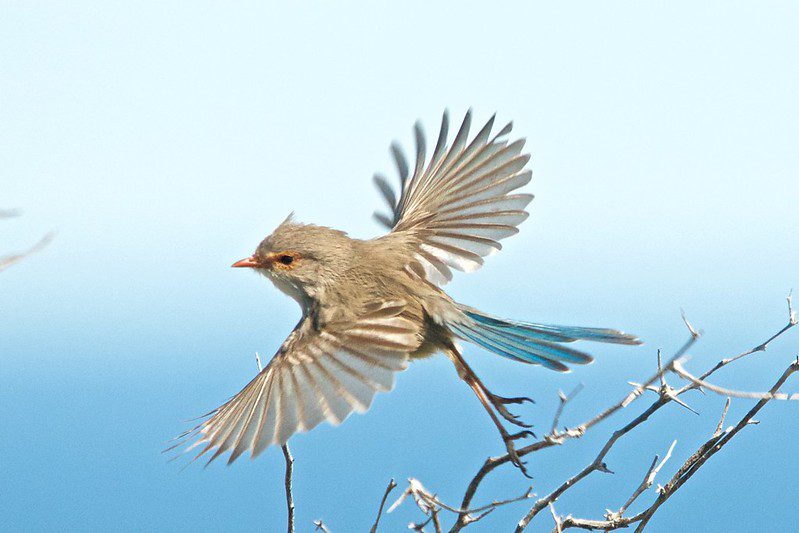
Fairy Wren Feeding & Diet
Fairy wrens are insectivorous birds, which means that they primarily feed on insects and other small invertebrates. These birds forage for food on the ground and underbrush, using their thin, pointed beaks to catch their prey. They may also occasionally feed on nectar from flowers.
Fairy Wren Breeding & Reproduction
Fairy wrens are known for their elaborate courtship behaviors, often involving the male bird performing elaborate displays to attract a mate. Once a pair has bonded, they will work together to build a nest, typically a small, cup-shaped structure made of grasses and other plant material.
The female will lay a clutch of eggs, which both the male and female incubate. The chicks are born altricial, meaning they are born blind and naked and require extensive care from their parents.
Fairy Wren Babies & Juveniles
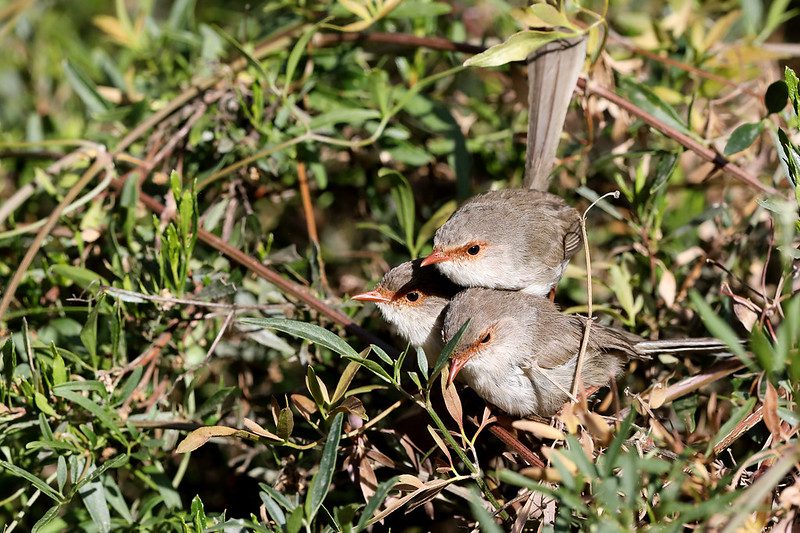
Fairy-wren babies, also known as chicks, are born altricial, meaning they are born blind and naked and require extensive care from their parents. The male and female fairy-wren will take turns incubating the eggs and caring for the chicks once they hatch. The chicks are fed a diet of insects, and other small invertebrates brought to them by their parents.
As the chicks grow, they will develop their adult plumage and explore their surroundings more independently. Juvenile fairy wrens will often join mixed-species foraging flocks, where they can learn important skills such as how to find food and avoid predators.
Fairy wrens reach sexual maturity at around one year of age, at which point they will start to form their territories and seek a mate. Once they have found a mate, they will work together to build a nest and raise their chicks.
10 species of Fairy Wren
Superb fairy-wren – Malurus cyaneus
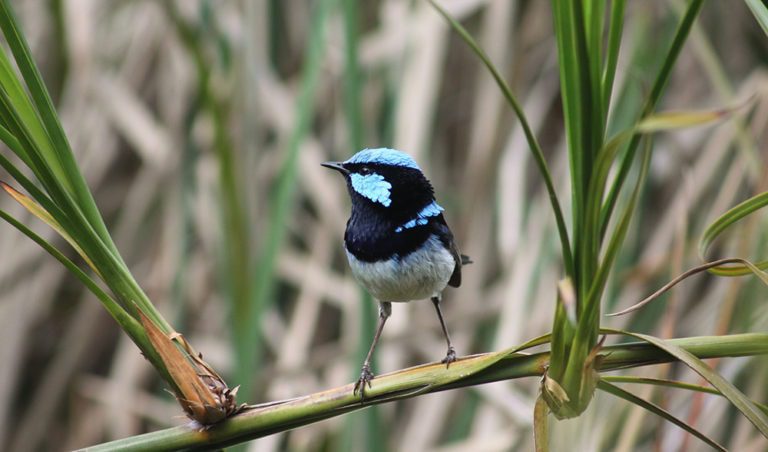
Superb fairy-wren (Malurus cyaneus): The superb fairy-wren is one of the most well-known and easily recognizable species of fairy wren. These birds are found in eastern and southern Australia and are known for their bright blue plumage. They are small birds, measuring around 10 cm in length, and have a thin, pointed beaks.
Splendid fairy-wren – Malurus splendens

Splendid fairy-wren (Malurus splendens): The splendid fairy-wren is another brightly colored species of fairy wren that is native to Australia. These birds are found in the northern part of the country and are known for their vibrant blue and purple plumage. They are slightly larger than the superb fairy-wren, measuring around 11 cm in length.
Purple-crowned fairy-wren – Malurus coronatus
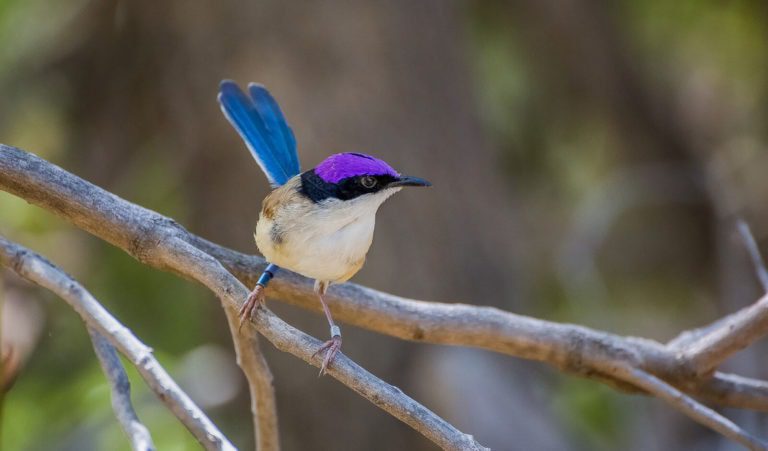
Purple-crowned fairy-wren (Malurus coronatus): The purple-crowned fairy-wren is a small bird found in the northern part of Australia. As its name suggests, this species is known for its distinctive purple crown and blue and green plumage. They are around 11 cm long and have a thin, pointed beak.
Red-backed fairy-wren – Malurus melanocephalus
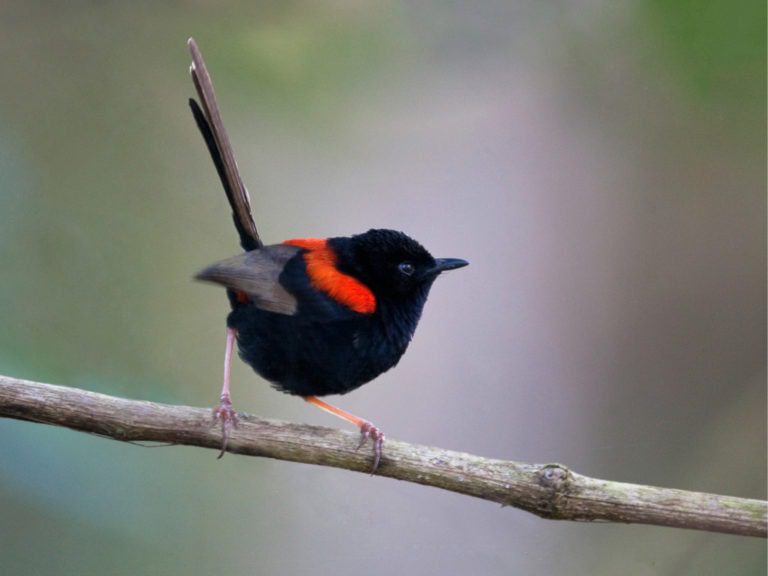
Red-backed fairy-wren (Malurus melanocephalus): The red-backed fairy-wren is a small bird that is found in the western part of Australia. These birds are known for their reddish-brown backs and blue and purple plumage. They are around 10 cm in length and have a thin, pointed beak.
White-winged fairy-wren – Malurus leucopterus
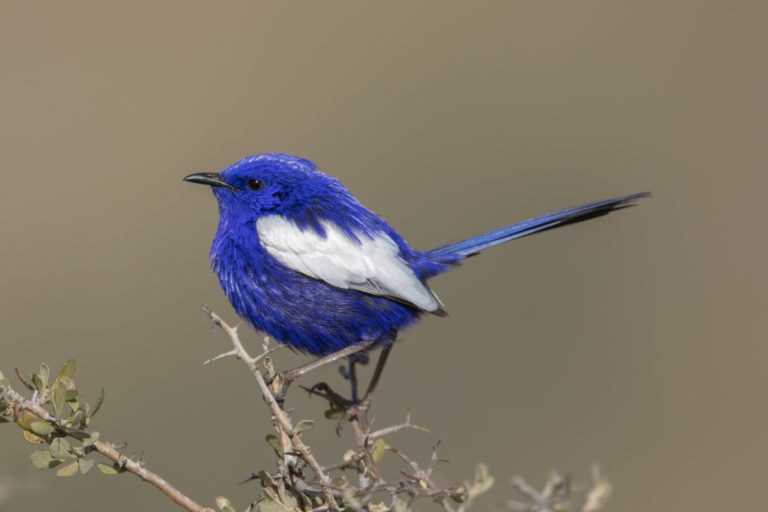
White-winged fairy-wren (Malurus leucopterus): The white-winged fairy-wren is a small bird that is found in the northern part of Australia. These birds are known for their distinctive white wings and blue and purple plumage. They are around 10 cm in length and have a thin, pointed beak.
Lovely fairy-wren – Malurus amabilis
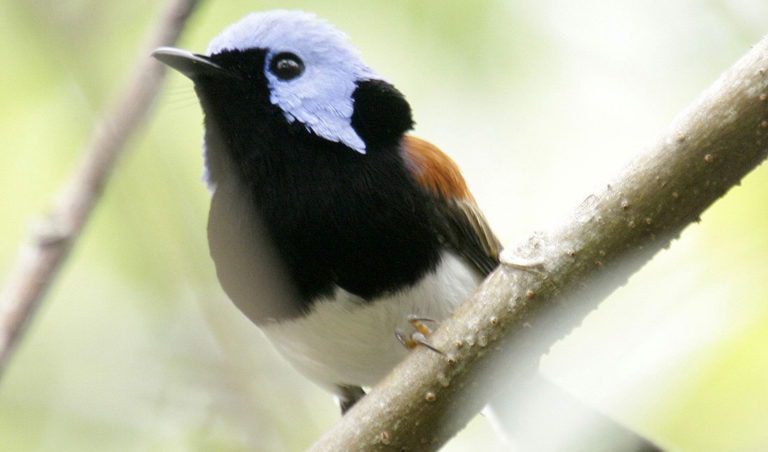
Lovely fairy-wren (Malurus amabilis): The lovely fairy-wren is a small bird that is found in the northern part of Australia. These birds are known for their blue and purple plumage and are around 11 cm in length. They have a thin, pointed beak and are known for their energetic and playful behavior.
Variegated fairy-wren – Malurus Lamberti
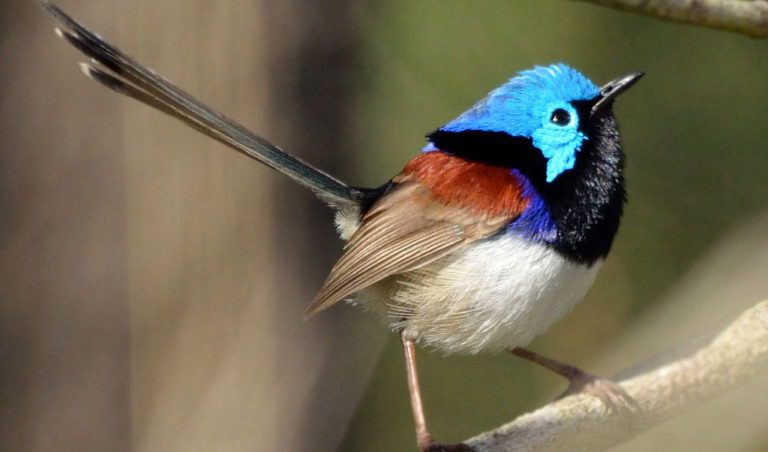
Variegated fairy-wren (Malurus lamberti): The variegated fairy-wren is a small bird that is found in the northern part of Australia. These birds are known for their blue and purple plumage, marked with white and black streaks. They are around 11 cm in length and have a thin, pointed beak.
Purple-backed Fairywren – Malurus assimilis
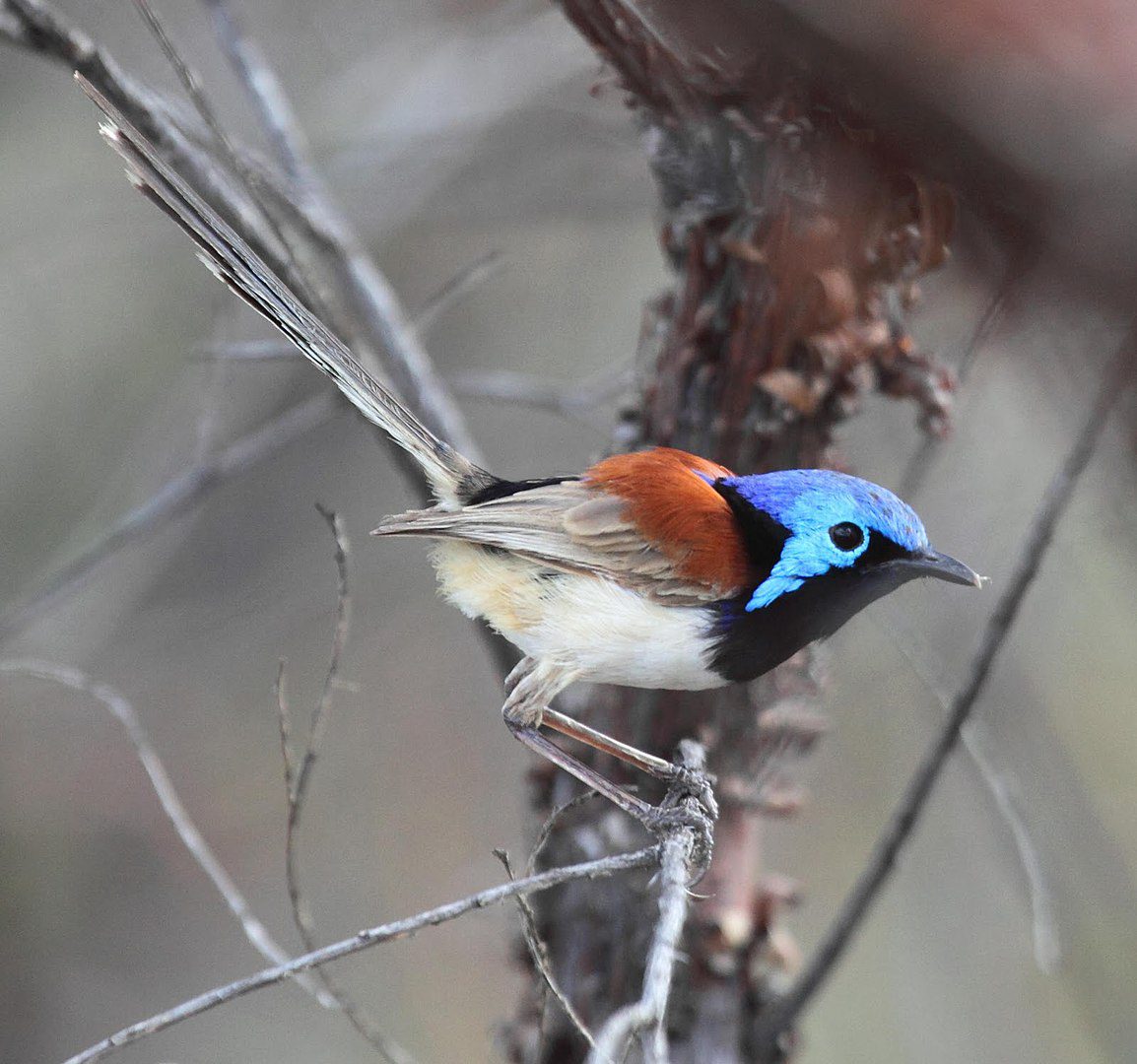
Purple-backed fairy-wren (Malurus assimilis): The purple-backed fairy-wren is a small bird that is found in the western part of Australia. These birds are known for their purple backs and blue and green plumage. They are around 10 cm long and have a thin, pointed beak.
Blue-breasted fairy-wren – Malurus pulcherrimus
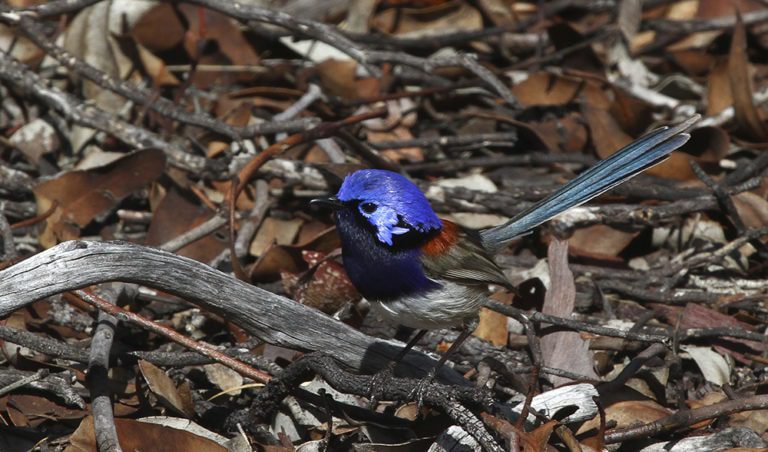
Blue-breasted fairy-wren (Malurus pulcherrimus): The blue-breasted fairy-wren is a small bird that is found in the northern part of Australia. These birds are known for their bright blue plumage and are around 11 cm in length. They have a thin, pointed beak and are known for their energetic and playful behavior.
Red-winged fairy-wren – Malurus elegans
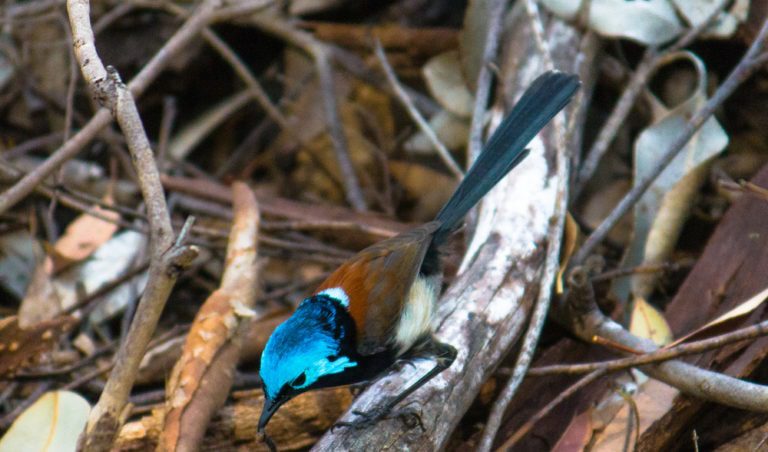
Red-winged fairy-wren (Malurus elegans): The red-winged fairy-wren is a small bird that is found in the western part of Australia. These birds are known for their reddish-brown wings and blue and purple plumage. They are around 10 cm long and have a thin, pointed beak.
Conservation status of the Fairy Wren
Overall, the fairy wrens’ conservation status is considered stable, with most species classified as “Least Concern” by the International Union for Conservation of Nature (IUCN). However, there are a few species that are considered to be at higher risk of extinction.
The white-winged fairy-wren (Malurus leucopterus), for example, is classified as “Endangered” by the IUCN due to its small and fragmented population and the loss of its habitat due to land clearing and other human activities.
The red-winged fairy-wren (Malurus elegans) is also considered at risk, with a ” Vulnerable ” conservation status due to habitat loss and degradation.
Overall, protecting fairy wrens’ habitats is important to ensure their long-term survival. This can include efforts to protect and preserve natural areas and educate the public about the importance of these beautiful birds and the threats they face.
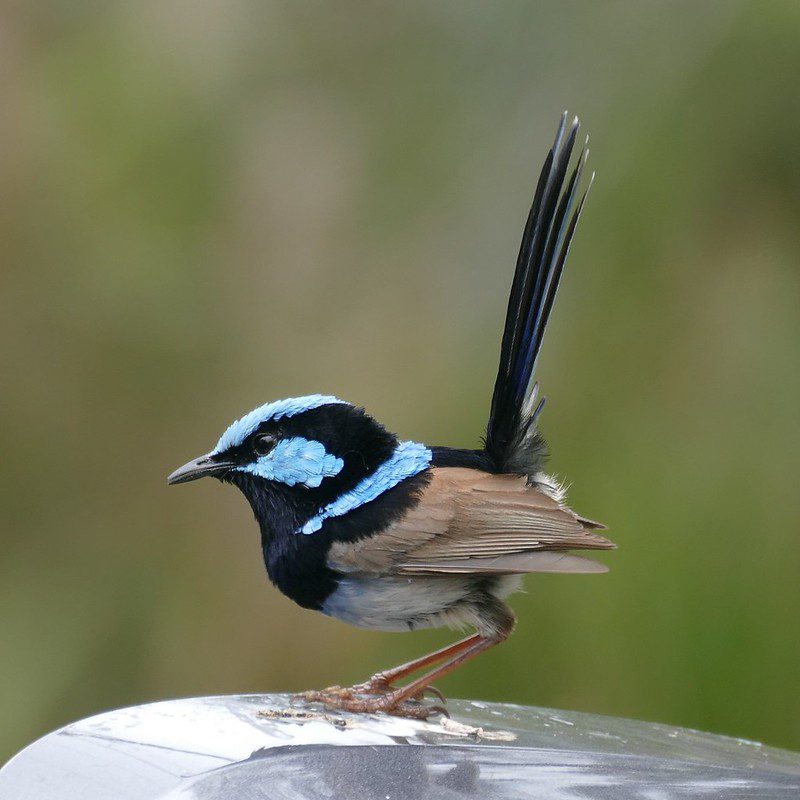
People Also Ask
Are Fairy Wrens Native to Australia?
Yes, fairy-wrens are native to Australia. These birds are found throughout the country and are an important part of the Australian ecosystem.
How Do You Attract Fairy Wrens?
If you are interested in attracting fairy wrens to your yard or garden, there are a few steps you can take to make your property more attractive to these birds. One of the most effective ways to attract fairy wrens is to provide them with a reliable food source.
This can be done by planting native flowering plants that produce nectar and providing a bird feeder filled with seeds and insects. You can also create a water source for the birds, such as a birdbath or small pond, to help attract them to your yard.
Do Fairy Wrens Mate for Life?
It is not uncommon for fairy wrens to mate for life, though some species may switch mates if their original mate dies or is unable to reproduce. Generally, fairy-wrens form strong bonds with their mates and work together to raise their young.
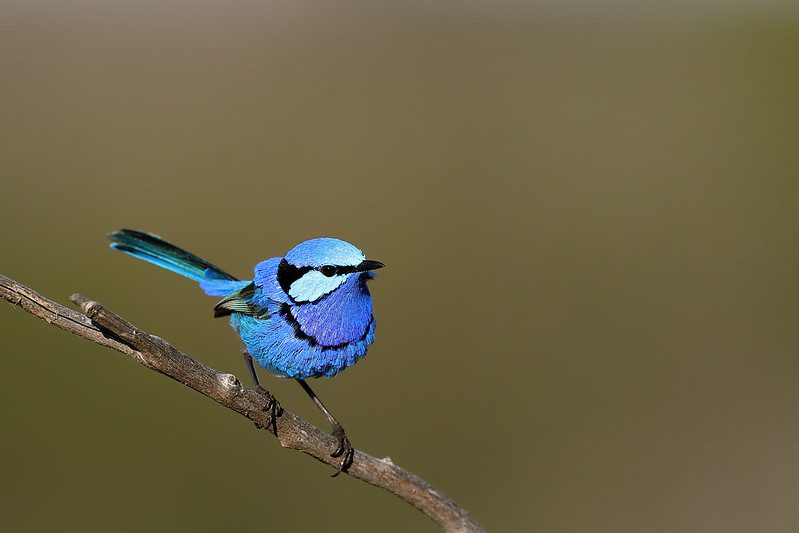
What Does a Fairy Wren Look Like?
Fairy-wrens are small birds that are known for their brightly colored plumage. The specific colors of their plumage vary depending on the species but can include shades of blue, purple, and red. These birds have thin, pointed beaks and short, rounded wings. Depending on the species, they are around 9-13 cm in length.
What Does the Fairy Wren Eat?
Fairy-wrens are insectivorous birds, which means that they primarily feed on insects and other small invertebrates. They may also occasionally feed on nectar from flowers. These birds forage for food on the ground and underbrush, using their thin, pointed beaks to catch their prey.
Resources
- BirdLife Australia: This organization is dedicated to the conservation of Australian birds and their habitats. They work to protect and preserve important bird areas and raise awareness about the importance of protecting Australia’s unique bird species.
- Australian Wildlife Conservancy: The Australian Wildlife Conservancy is a non-profit organization that works to protect and conserve Australia’s native plants and animals. They own and manage a network of sanctuaries across the country, which provide important habitats for various threatened species, including fairy wrens.






































